By Joe Berk
This story is about finding a decent load for my .243 200th Year Ruger No. 1 rifle. The rifle is 48 years old now, but the old girl can still get it on. I didn’t think my Ruger was particularly accurate at first, but wow, it’s a shooter.

I’ve tried a lot of loads in this rifle and I probably would have given up except for what I saw happen with another shooter. He had a .243 No. 1 in the 1B configuration (that’s the one with no iron sights, a 26-inch barrel, and a beavertail forearm), and he didn’t like it at all. To me, not liking a Ruger No. 1 is a crime against nature, but that guy was frustrated with his .243 and he had given up on it. He spent good money (Ruger No. 1 rifles sell for around $2,000 today) and it just seemed like a shame. When I first tried my .243 No. 1 it wasn’t very accurate, but I decided I wasn’t going to be that other guy. I was confident I could find a good load. Actually, I found three, and they are listed below by bullet weight. They are all of comparable accuracy in my rifle.
Accuracy Load No. 1
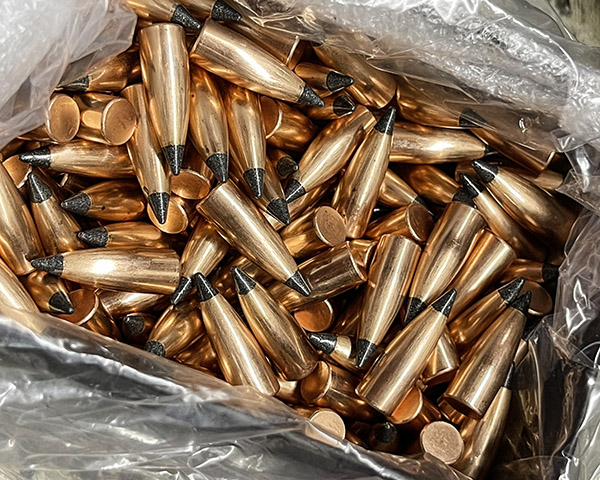

My first accuracy load for this rifle is the 55-grain Nosler Varmegeddon flat base bullet with 40.0 grains of XBR 8208 propellant. I seated the bullets to a cartridge overall length of 2.606 inches without a crimp, but I haven’t experimented with bullet seating depth or crimping. I used Fiocchi large rifle primers because at the time, primers were scarce and I bought 1500 of the Fiocchis when I could.
Accuracy Load No. 2
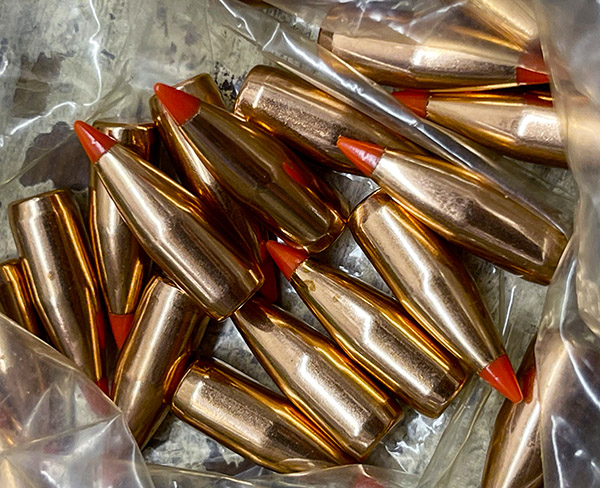

Another excellent load is the 58-grain Hornady VMax bullet with 42.0 grains of IMR 3031 propellant. I ordinarily wouldn’t use IMR 3031 in the .243, but I had a tiny bit of it left from some development work on another cartridge and good buddy Kevin told me IMR 3031 was his powder of choice for the .243. It was a good recommendation. I set these rounds up with a cartridge overall length of 2.620 inches. Like the load above, I have not tried different seating depths or crimping.
Accuracy Load No. 3
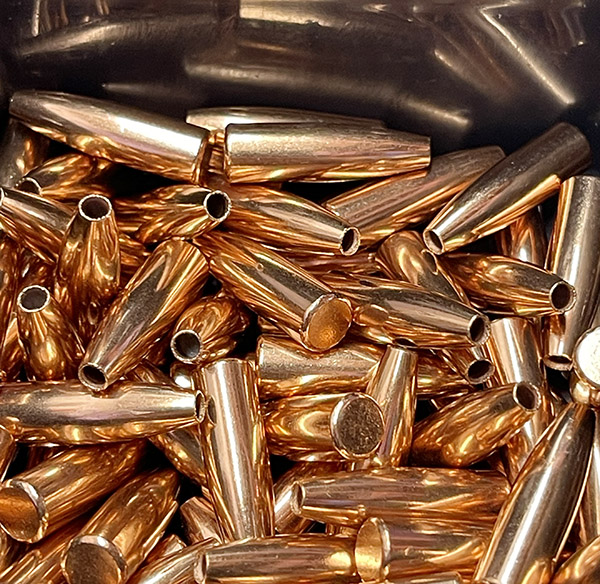
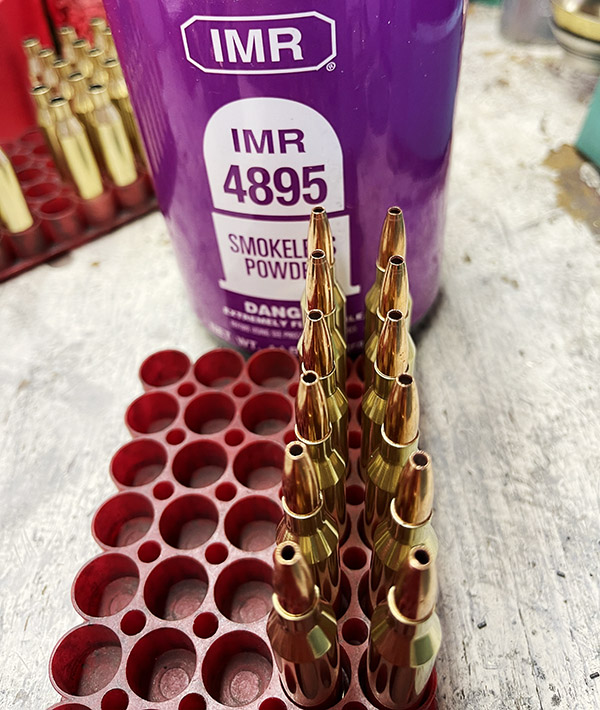
My third accuracy load is the 75-grain Speer Varmint hollowpoint bullet with 39.0 grains of IMR 4895 propellant. I loaded this round to an overall length of 2.620 inches, and like the others above, I have not experimented with overall length or crimping.
What I Haven’t Tried and What Didn’t Work (for me)
I have a couple of boxes of 65-grain Hornady V-Max bullets and I’ve only tried them with a few powders. So far, nothing gave me acceptable accuracy with these bullets.
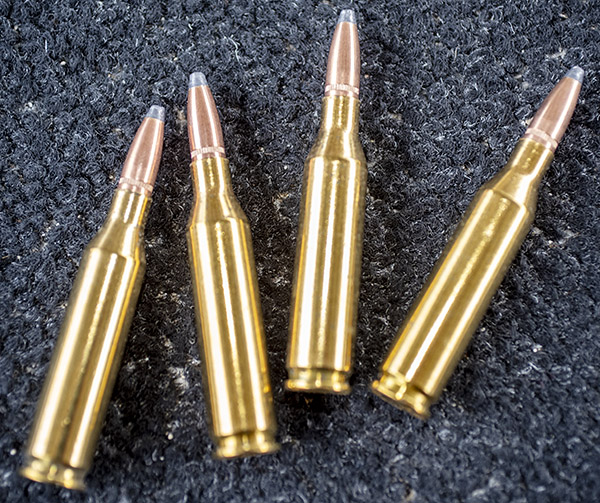
I also have a bunch of 100-grain bullets (from Hornady and PRVI). Neither of these 100-grain bullets grouped well. They stabilized (no target key holing), but the groups just weren’t very good. That’s okay; I’m not going to use the .243 on pigs or deer. But if I ever took it varmint hunting, the accuracy loads listed above would get the job done.
The Bottom Line
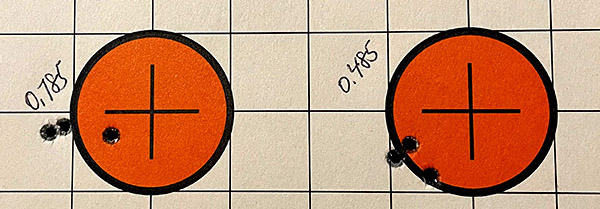
Any of the above loads will shoot a three-shot group at or below 0.75 inches at 100 yards. The groups would be tighter with a more skilled rifleman. For me, getting the old .243 to group into three quarters of an inch is good enough. I’ll call it a day with load development on this rifle and stick with the loads above. On to the next rifle. Stay tuned.
Never miss an ExNotes blog:

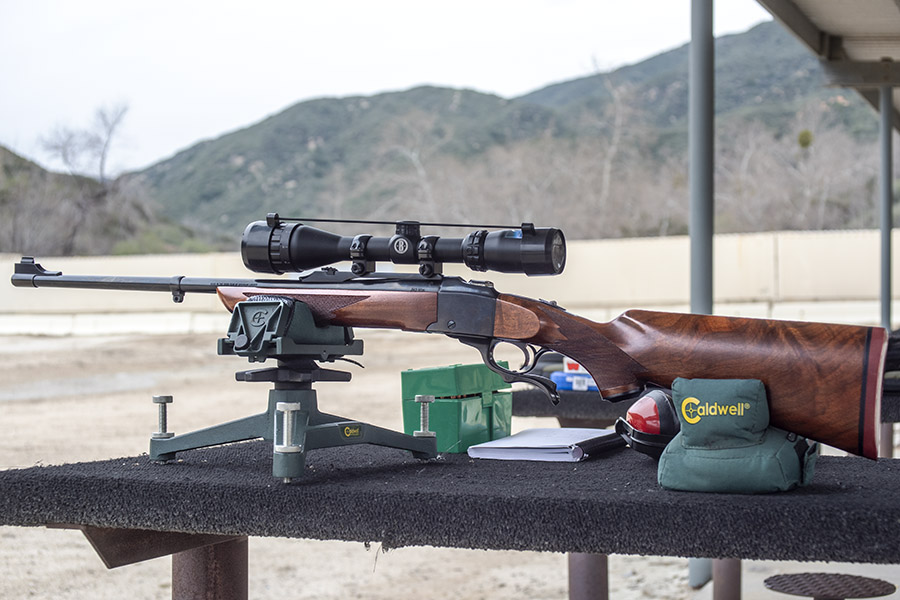

Very good looking proper rifle.
They are elegant. Thanks for commenting, Bob.